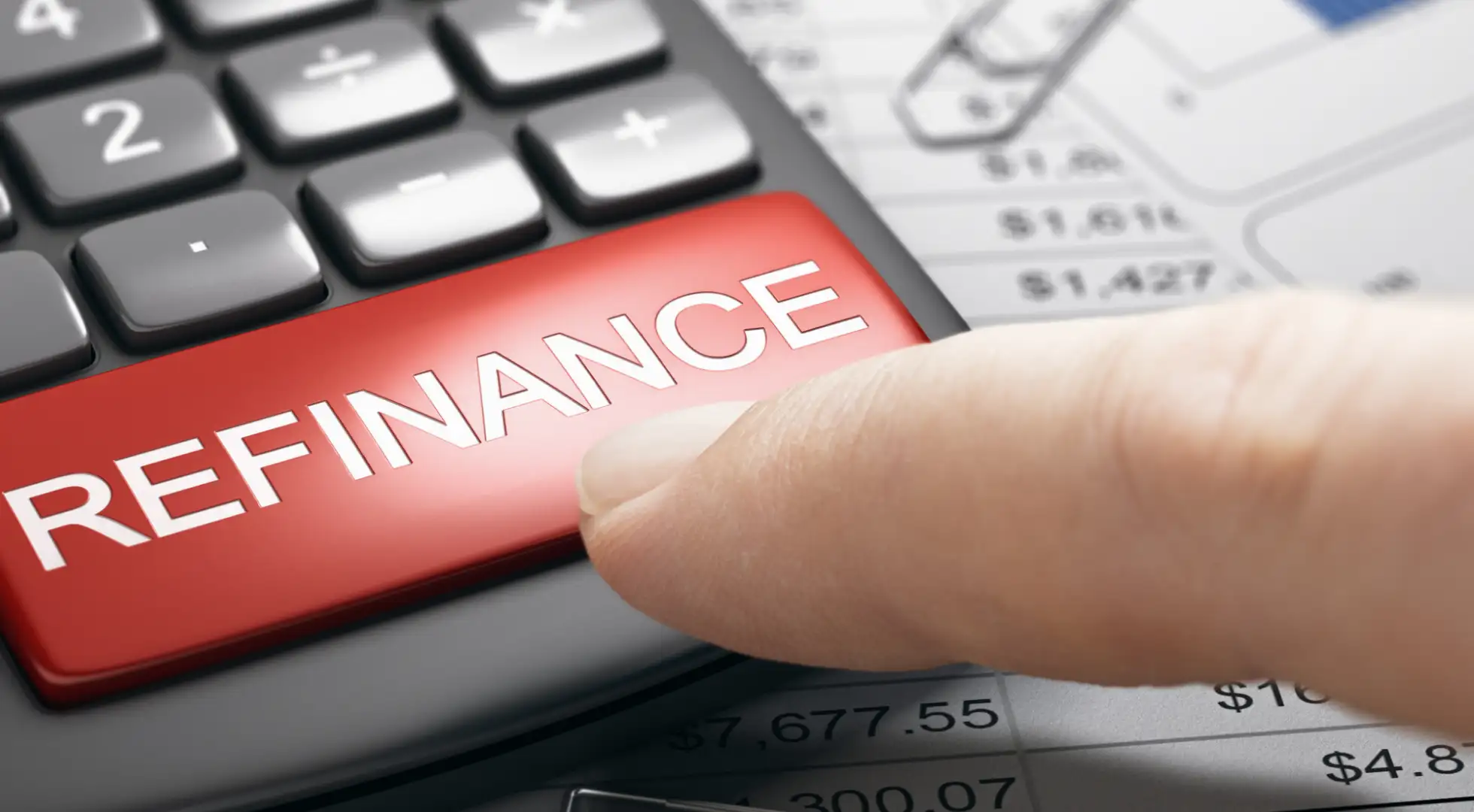
A week ago, we reported a surge in refinancing. This week, that surge has only grown, according to the Mortgage Bankers Association's (MBA's) latest weekly report, published Tuesday.
"The 30-year fixed mortgage rate declined to 6.67% last week, which spurred the strongest week for refinance activity since April. Borrowers responded favorably, as refinance applications increased 23%, driven mostly by conventional and VA applications," said Joel Kan, MBA’s vice president and deputy chief economist.
"Refinances accounted for 46.5 percent of applications, and as seen in other recent refinance bursts, the average loan size grew significantly to $366,400," continued Kan. "Borrowers with larger loan sizes continue to be more sensitive to rate movements."
Falling mortgage rates have a central role in driving up the number of applications for refinances. Even a relatively modest drop can transform the math for applicants, making their new mortgages more budget-friendly.
According to Mortgage Research Network data, average rates for 30-year fixed-rate mortgages started this morning at 6.46%, well below the 6.67% weekly average cited by the MBA. That shows what a good week it has been for mortgage rates.
Mortgage Credit Availability Also Up
Luckily, lenders have more money to satisfy this surge in refinancing. In a separate MBA report on Tuesday, Kan said, "Credit availability edged slightly higher in July, driven by increased availability of ARM loans. Additionally, data from a separate survey showed that ARMs [adjustable-rate mortgage] loan applications have picked up in recent months."
This was based on the Mortgage Credit Availability Index (MCAI). "A decline in the MCAI indicates that lending standards are tightening, while increases in the index are indicative of loosening credit," explains the MBA. So, borrowers may find it a little easier to get approved for a refinance than was the case until recently.
Cash-out Refinances Most Popular Form of Refinancing
On Monday, ICE Mortgage Technology released its August 2025 Mortgage Monitor report. And it found that cash-out refinances are the most popular type of refinancing.
"Cash-out refinances accounted for 59% of all refinance transactions in the second quarter," said the report. "Notably, 70% of those borrowers accepted higher interest rates, averaging a 1.45 percentage point increase, in exchange for tapping an average of $94,000 in home equity.
"These borrowers saw monthly payments increase by about $590. Cash-out borrowers tended to have lower average credit scores (719) and smaller loan balances ($188,000) compared to their rate-and-term counterparts," said ICE. (Rate-and-term refinances occur when a borrower takes out no cash and uses the refinance only to get a lower mortgage rate or to change the length of their mortgage.)
The report also found record levels of "tappable" home equity, meaning the amount homeowners could get if they wanted maximum cash-out refinances after allowing for their retention of a 20% equity cushion. Borrowers started July with a record $17.8 trillion in total equity, including $11.6 trillion in tappable equity.
ICE reckoned, "Roughly 48 million mortgage holders had tappable equity, with the average homeowner holding $213,000 in accessible value." No wonder we're seeing a surge in refinancing.





